SELECT SAFETY TASMANIA
ABOUT

We are a dedicated team, who provide a wide variety of safety-related services and training courses to a broad cross-section of industry.
We work with you to understand your operational requirements in order to provide a user friendly, practical and tailored solution to suit your individual or business needs, whilst meeting legislative requirements.
Our core business is simplifying safety, environmental and quality control legislative requirements and applying them to your business.
SERVICES
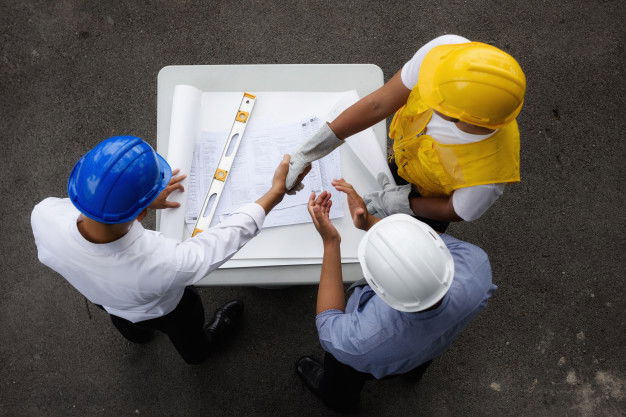
WORK, HEALTH & SAFETY CONSULTANCY
The health, safety and wellbeing of your employees should be paramount. We have years of experience working in construction, maritime and business industries to help ensure that you have all the knowledge and support you require.
Learn More
WORK, HEALTH & SAFETY TRAINING
Select Safety Tasmania offer a range of nationally recognised courses. Our safety courses will be facilitated by our qualified and experienced safety professionals. This can occur at our training facility using real props for real experience or at your workplace.
Learn More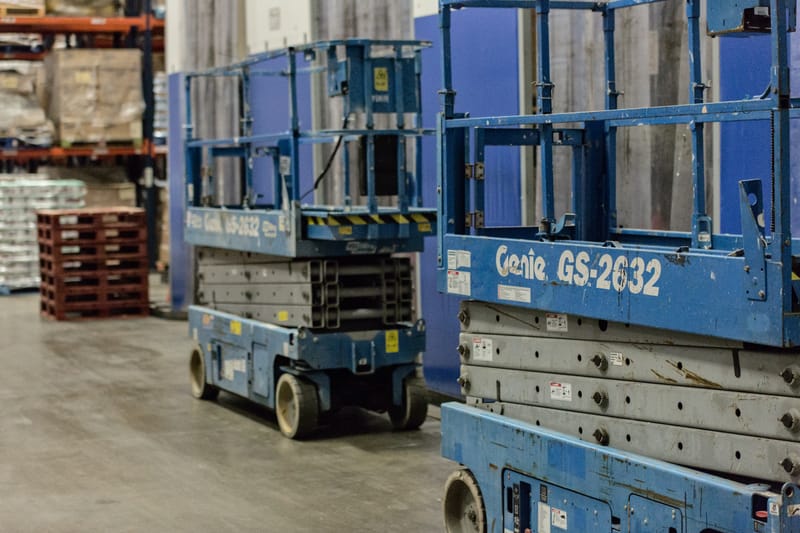
HIGH RISK WORK LICENSING
Select Safety Tasmania can assist you with all your High Risk Licencing including; Training & Assessment & Verification of competencies (VOC's). Our trainers come from industry and will work with you and your business to ensure minimum downtime.
Learn More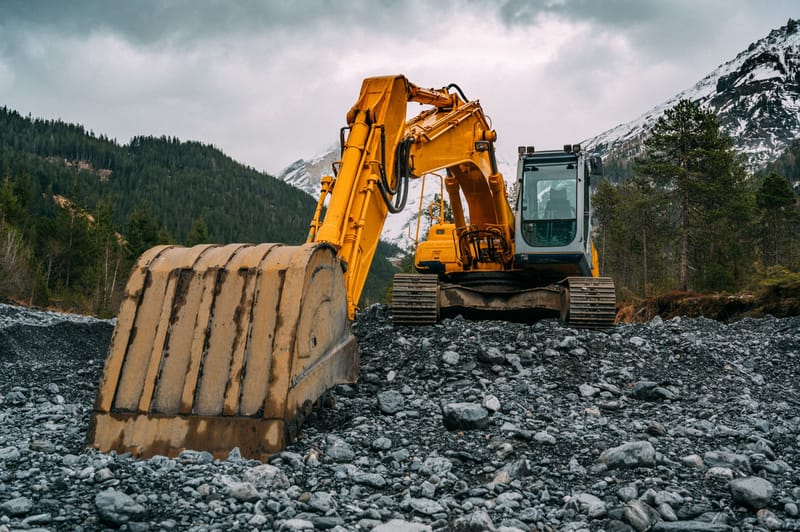
Refresher Training or Verification of Competency (V.O.C.)
Current industry regulations require employers and ‘persons conducting a business undertaking’ (PCBU) to ensure their workers can clearly demonstrate their ability to perform the tasks related to their job role when plant is used. Refresher Training or, as it’s called in the industry, a ‘Verification of Competency’ (V.O.C.) is a method of assessment that can be used to demonstrate the worker’s ability to operate equipment and/or undertake the responsibilities of these roles.
Learn More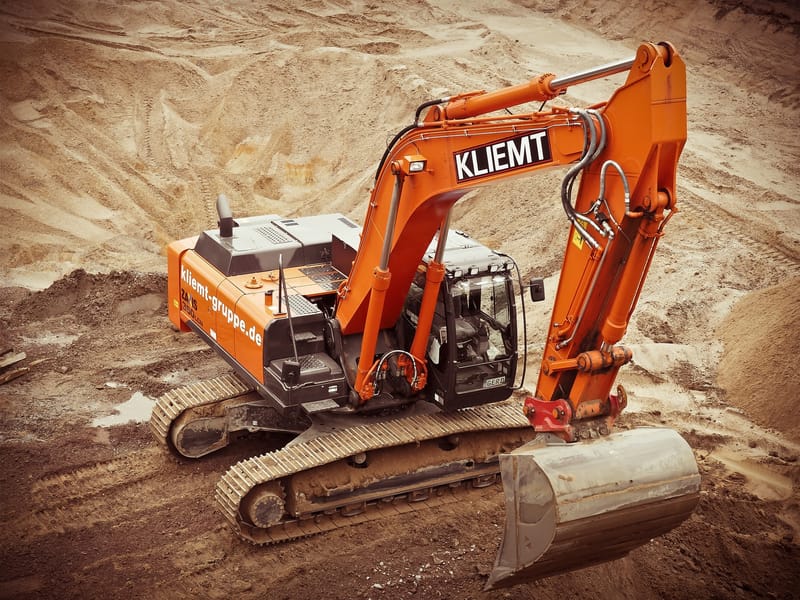
Civil Plant Training
Select Safety Tasmania offers courses to get your plant operator licence for an extensive selection of plant and machinery. While not always mandatory, having these skills will not only help increase your job prospects, but also help within the worksite, ensuring things are done faster and with more skill. This is also important as an employer, as this can ensure safety and efficiency on site, reducing the time and money it takes to complete a job. We are accredited to train, assess and issue Plant Operator Qualification Cards for Non-Load Shifting and Load-Shifting Plant/Equipment. Our assessors can come to you throughout Tasmania and assess various plant items using a comprehensive process to ensure that operators have the appropriate skills to obtain their certificate of competency via training and assessment.
Learn MoreTRAINING COURSES
RIIWHS202E - Enter and Work in Confined Spaces
This course is designed for participants, who are required to work in a confined space, for maintenance purposes, for cleaning, inspection or other reasons. This course is mandatory for all workers, who are required to enter a confined space, as defined by the Australian Standards AS2865. COST: $225.00 Training and assessment delivered on behalf of Allens Training Pty Ltd RTO 909909
RIIWHS204E - Work Safely at Heights
The Work Safely at Heights training course covers how to work in accordance with height safety regulations, Australian Standards and relevant codes of practice. Participants will have an understanding of risk assessment procedures and permits to work at height. Participants who undertake our height safety training course will also undergo practical instruction in the correct use of height safety equipment and develop skills to select height safety equipment and apply it to specific tasks. COST: $225.00 Training and assessment delivered on behalf of Allens Training Pty Ltd RTO 909909
MSMWHS216 - Operate Breathing Apparatus
The breathing apparatus training course will equip the participant with the skills required to safely inspect, maintain and operate self-contained breathing apparatus (SCBA). This training will be suitable for both confined space workers, or workers who may be required to use breathing apparatus during fire or in hazardous environments. Training and assessment delivered on behalf of Allens Training Pty Ltd RTO 909909
MSMWHS217 - Gas Test Atmospheres
The Gas Test Atmospheres training course is designed for personnel who may need to undertake monitoring of potentially hazardous atmospheres in the workplace. Areas that may need to be atmospherically tested may include: confined spaces, work around hazardous material storage areas, restricted spaces or areas which contain dangerous goods. Training and assessment delivered on behalf of Allens Training Pty Ltd RTO 909909
HLTAID009 - Provide Cardiopulmonary Resuscitation (CPR)
This nationally recognised course covers the skills and knowledge required to perform cardiopulmonary resuscitation (CPR) in accordance with the Australian Resuscitation Council (ARC) Guidelines. This unit applies to all workers who may be required to provide cardiopulmonary resuscitation in a range of situations, including community and workplace settings. There are legislated requirements in each state in relation to this training. These requirements will be documented in each state's approved code of practice for first aid. COST: $50.00 Training and assessment delivered on behalf of Allens Training Pty Ltd RTO 909909
HLTAID011 - Provide First Aid
The Provide First Aid Training Course is designed to equip participants in how to respond to first aid emergencies that may occur at home, office or anywhere. Many practical exercises are included as part of the training. COST: $175.00 Training and assessment delivered on behalf of Allens Training Pty Ltd RTO 909909
HLTAID012 - Provide First Aid In An Education And Care Setting
This course provides practical training for workers within an education and care setting to respond to first aid emergencies in line with legal and workplace requirements, Australian Resuscitation Council guidelines and other Australian national peak clinical bodies. It teaches how to identify illness or injury, access emergency services, safely provide first aid treatment using action plans, equipment and resources, for CPR, defibrillation, administering an autoinjector for anaphylaxis, administering asthma medication, immobilisation for envenomation, fractures, dislocations, sprains and strains, for bleeding and shock and other conditions. You will learn basic anatomy, physiology and the differences between adults, children and infants relating to CPR, managing an infant or child with an acute illness, or who requires an immediate ambulance response and conveying incident details to parents, caregivers and emergency services. The course covers completing incident documentation and debriefing for improvement of response, recognising psychological impacts, talking with children about their emotions and seeking help as required.
HLTAID014 – Provide Advanced First Aid
HLTAID014 Provide Advanced First Aid deals with Challenging situations, such as multiple casualty incidents, having to move or extricate casualties, or treating potentially fatal illnesses and injuries are high risk. It is imperative that training occurs to be able to know what to do when confronted with a real-life incident. This course provides practical simulated real-life situations to learn and gain the confidence to coordinate and manage a response and provide advanced first aid in line with legal, community and workplace considerations, Australian Resuscitation Council guidelines and other Australian national peak clinical bodies until emergency services arrive. Training and assessment delivered on behalf of Allens Training Pty Ltd RTO 909909
HLTAID015 - Provide advanced resuscitation and oxygen therapy
Our Advanced Resuscitation Training course is designed to train personnel in how to respond to first aid emergencies with practical ‘hands on’ training for advanced patient care using oxygen equipment and an Automatic External Defibrillator (AED). COST: $125.00 Training and assessment delivered on behalf of Allens Training Pty Ltd RTO 909909
Course Set - HLTAID011 & HLTAID015
First Aid And Advanced Resuscitation And Oxygen Therapy Course Set. With instruction and practical training in line with legal, workplace and community considerations, Australian Resuscitation Council guidelines and other Australian national peak clinical bodies, this first aid course teaches the skills and knowledge to recognise emergencies and provide immediate and effective CPR, first aid treatment and oxygen therapy in a range of complex situations, including community and workplace settings. Training and assessment delivered on behalf of Allens Training Pty Ltd RTO 909909
Course Set - HLTAID015 & HLTAID011 (including HLTAID009 & HLTAID010)
This course is delivered in line with the Australian Resuscitation Council guidelines and applies to all workers or members of the community who may be required to provide oxygen, advanced resuscitation or advanced first aid in the event of an emergency, until the arrival of medical or other assistance.
MSMWHS201 - Conduct Hazard Analysis
This short course covers the skills and knowledge required to conduct a hazard analysis. These are typically called: Job safety analysis (JSA) Job hazard analysis (JHA) Job safety and environmental analysis (JSEA) Safe work method statement (SWMS) Training and assessment delivered on behalf of Allens Training Pty Ltd RTO 909909
MSMPER200 - Work in Accordance With an Issued Permit
This course applies to those who are required to conduct work activities under the authority of an issued permit to work and within the context and requirements of that permit. This typically applies to all work done by maintenance staff and contractors and also to any other non-process work performed on the plant. Training and assessment delivered on behalf of Allens Training Pty Ltd RTO 909909
MSMPER300 - Issue Work Permits
This competency teaches the skills and knowledge required to Issue Work Permits. A Permit to Work is a procedure, with a written permit form, which is used to authorize and control work activities with high risk hazards. Training and assessment delivered on behalf of Allens Training Pty Ltd RTO 909909
PUAFER005 - Operate as Part of an Emergency Control Organisation
This course provides professional training for all levels of the ECO, giving the participants the competencies and confidence to undertake the duties set out in the Emergency Management Plan (EMM) for the building. Training and assessment delivered on behalf of Allens Training Pty Ltd RTO 909909
MSMWHS212- Undertake First Response to Fire Incidents
This unit is designed to ensure that an appropriate first response to fire incidents in onshore and offshore situations/emergencies is achieved. This competency applies to students who are required to respond to fires in the workplace (other than evacuating to the assembly point).
PUAFER008 Confine Small Emergencies in a Facility
This course covers the skills and knowledge for preparing for emergency situations, identifying and assessing an emergency, safely confining emergencies, using initial response equipment and reporting on the facility's emergency response. Training and assessment delivered on behalf of Allens Training Pty Ltd RTO 909909
PUASAR022 - Participate in a Rescue Operation
This unit of competency involves the skills and knowledge required to participate in rescue operations as a member of a rescue team; it underpins specialist rescue operations. The course includes a wide range of rescue and environmental situations, which may incorporate industrial, rural, bush and extreme environmental conditions. Training and assessment delivered on behalf of Allens Training Pty Ltd RTO 909909
PUASAR025 - Undertake Confined Space Rescue (non-fire sector)
This nationally recognised course is designed for individuals who are required to implement rope based rescues to rescue personnel from confined spaces. These individuals may work alone or as a part of a multi-disciplinary team. Our training can be customised to suit scenarios related to your work place, with various types of equipment used dependent on the rescue's complexity. Training and assessment delivered on behalf of Allens Training Pty Ltd RTO 909909
UETDRMP018 - Perform rescue from a live low voltage panel
This course is suitable for workers who are required to maintain skill levels in low voltage rescue procedures as part of their duties working on or near electrical equipment, such as electricians and crane technicians. $95.00 Training and assessment delivered on behalf of Allens Training Pty Ltd RTO 909909 This course can be contextualised to suit the specific requirements of the participants'.
UETDRMP010 - Provide First aid in an ESI environment
By undertaking this course, individuals will be provided with the knowledge and skills required to provide first aid in an electricity supply industry (ESI) environment. Individuals will be able apply their skills and knowledge by being able to recognise the need for first aid in an emergency situation and providing an initial first aid response, including basic life support measures, according to established workplace first aid policies and procedures. Application of the skills and knowledge described in this unit may require a licence/registration to practice in the workplace or ESI environment and may be subject to regulations for undertaking of electrical work. State and territory legislative and regulatory licencing requirements must be confirmed prior to commencing this unit. Training and assessment delivered on behalf of Allens Training Pty Ltd RTO 909909
Course Set - HLTAID009 & UETDRMP018 (CPR/ LVR)
The CPR and LVR course is essential if you are conducting live work or working with live switchboards. The course covers the performance of rescue procedures from a live Low Voltage (LV) apparatus, not including overhead lines and underground cables in the workplace. It specifies the mandatory requirements of rescue from a live LV panel and how they apply in the context of transmission, distribution or rail work functions. It encompasses responsibilities for, health, safety and risk management processes at all operative levels and adherence to safety practices as part of the normal way of doing work. COST: $135.00 Training and assessment delivered on behalf of Allens Training Pty Ltd RTO 909909
Course Set - HLTAID009 & UETDRMP010 (CPR / ESI FIRST AID)
By undertaking this course, individuals will be provided with the knowledge and skills required to recognise when someone is unconscious and not breathing normally (Cardiac Arrest) and increase their chance of survival by calling an ambulance and performing potentially lifesaving cardiopulmonary resuscitation (CPR), including using a defibrillator, until emergency services arrive to take over. This course also provides individuals with knowledge and skills to provide first aid in an electricity supply industry (ESI) environment. Individuals will be able to apply their skills and knowledge by being able to recognise and provide an initial response where first aid is required in emergency situations, which includes the ability to provide essential first aid using basic life support measures according to established workplace first aid policies and procedures. Training and assessment delivered on behalf of Allens Training Pty Ltd RTO 909909
Course Set - HLTAID011 & UETDRMP018 (First Aid/LVR)
The First Aid and LVR course is essential if you are conducting live work or working with live switchboards. The course covers the performance of rescue procedures from a live Low Voltage (LV) apparatus, not including overhead lines and underground cables in the workplace. COST: $250.00 Training and assessment delivered on behalf of Allens Training Pty Ltd RTO 909909
PUAEME007 - Provide Emergency Care For Suspected Spinal Injury
The course applies to individuals who may be required to provide emergency care to a casualty with suspected spinal injury. This course is designed to provide the knowledge and skills required to minimise further injury to a casualty, both conscious and unconscious, when applying first aid and waiting for emergency medical aid in a range of situations, including community and workplace settings. Training and assessment delivered on behalf of Allens Training Pty Ltd RTO 909909
UETDRMP006 Perform pole top rescue
This unit covers the performance of pole top rescue procedures as an emergency procedure required in the workplace. It specifies the mandatory requirements of rescue from a pole top and how they apply in the context of transmission, distribution and rail work functions. It encompasses responsibilities for rescue, health, safety and risk management processes at all operative levels and adherence to safety practices as part of the normal way of doing work.
UETDREL006 – Working Safely Near Live Electrical Apparatus as a Non-Electrical Worker (Electrical Spotter)
This course is designed for individuals who are required to operate or observe the operation of cranes, plant and hand held tools in the vicinity of live overhead power lines and associated electrical apparatus in accordance with the WorkCover Code of Practice “Work Near Overhead Power Lines”. Training and assessment delivered on behalf of Allens Training Pty Ltd RTO 909909
CPCCWHS1001 - Prepare to work safely in the construction industry
This unit of competency outlines the mandatory Work Health and Safety training required prior to undertaking construction work. Training and assessment delivered on behalf of Allens Training Pty Ltd RTO 909909
RIIHAN301E- OPERATE ELEVATING WORK PLATFORMS (<11M)
This unit describes the skills and knowledge required to operate an elevating work platform at heights up to 11m or less.
RIIRIS201D Conduct local risk control
This course will provide a participant with the skills and knowledge required to conduct local risk control in the Resources and Infrastructure Industries. This unit is appropriate for those working in operational roles. Training and assessment delivered on behalf of Allens Training Pty Ltd RTO 909909
TRAINING CALENDAR

https://selectsafetytas.trainingdesk.com.au/enrol
Follow the prompts to enrol into a course, payments are via invoice after certificates have been issued, so please click 'pay on the day' for an invoice to be issued. Please don't hesitate to contact us for more information on any course requests.
CONTACT
- 3 Maxwell Street, Moonah TAS, Australia
- LAUNCESTON TRAINING FACILITY: 332 Hobart Road, Youngtown 7249
PARTICIPANT INFORMATION & Services
FUNDING
Are you eligible for funding?
Keystone Tasmania provides funding support for workforce development and training in the Tasmanian building and construction industry in two ways.
To find out more click on the link below.
https://keystone.com.au/training/funding/
USI - Unique Student Identifier
A USI - Unique Student Identifier is a reference number that creates an online record of your training and qualifications attained in Australia.
If you are a new or continuing student undertaking nationally recognised training, you need a USI in order to receive your qualification or statement of attainment.
If you require a USI or have lost your USI please click here
Refund or Cancellation Policy
To view our refund or cancellation policy, please click on the link. Refund or Cancellation Policy.pdf
Student Rights and Responsibilities
To view students rights and responsibilities please click on the link. Student Rights and Responsibilities.pdf
Student Handbook
Please refer to the student handbook located on the RTO website. To access the student handbook please click here
Training and assessment delivered on behalf of Allens Training Pty Ltd RTO 90909 and All Onsite Training and Assessment RTO # 91463
https://allonsitetrainingandassessment.com.au/student-resources/

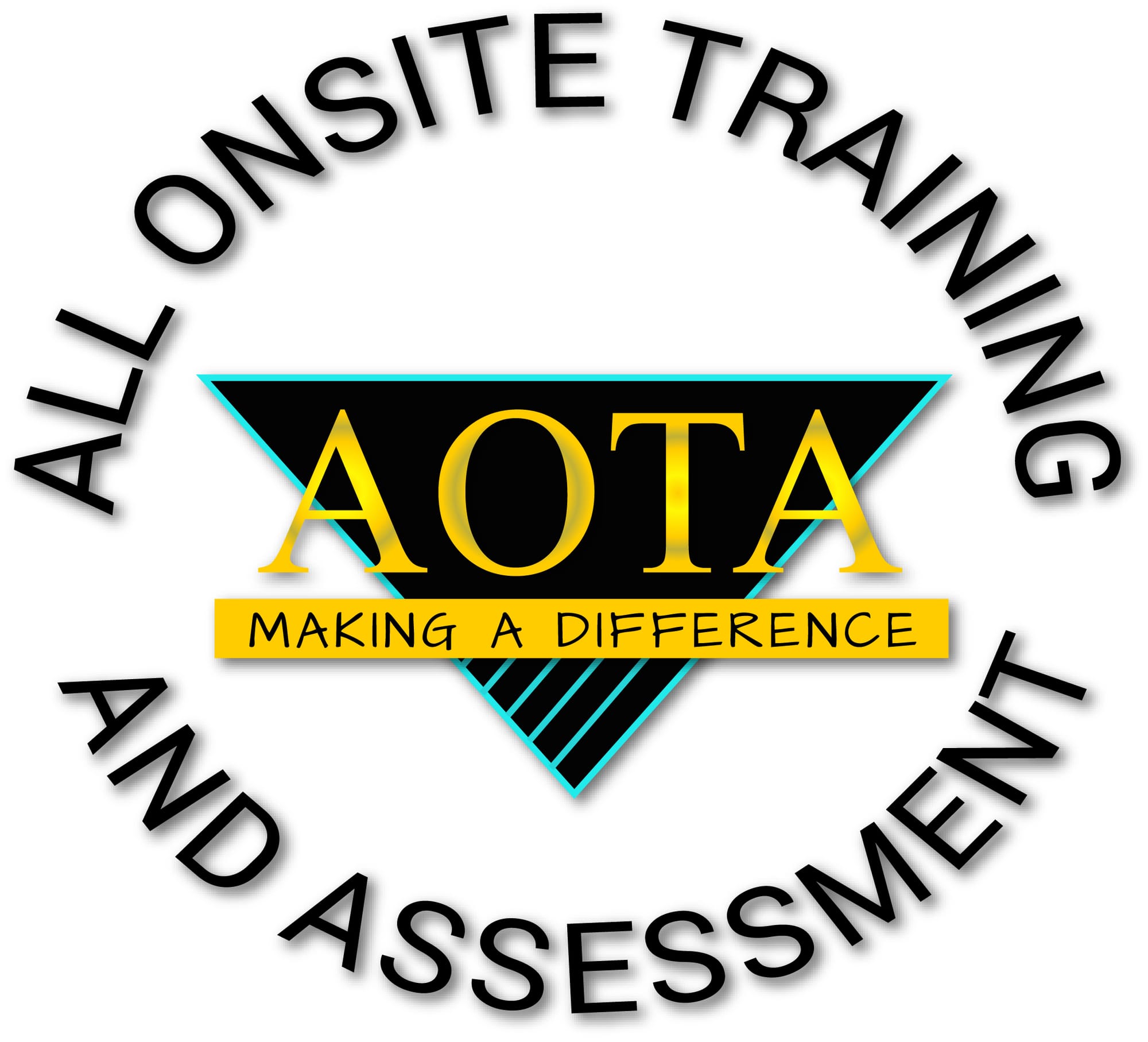
SELECT SAFETY TASMANIA
ABN: 73 968 850 134



